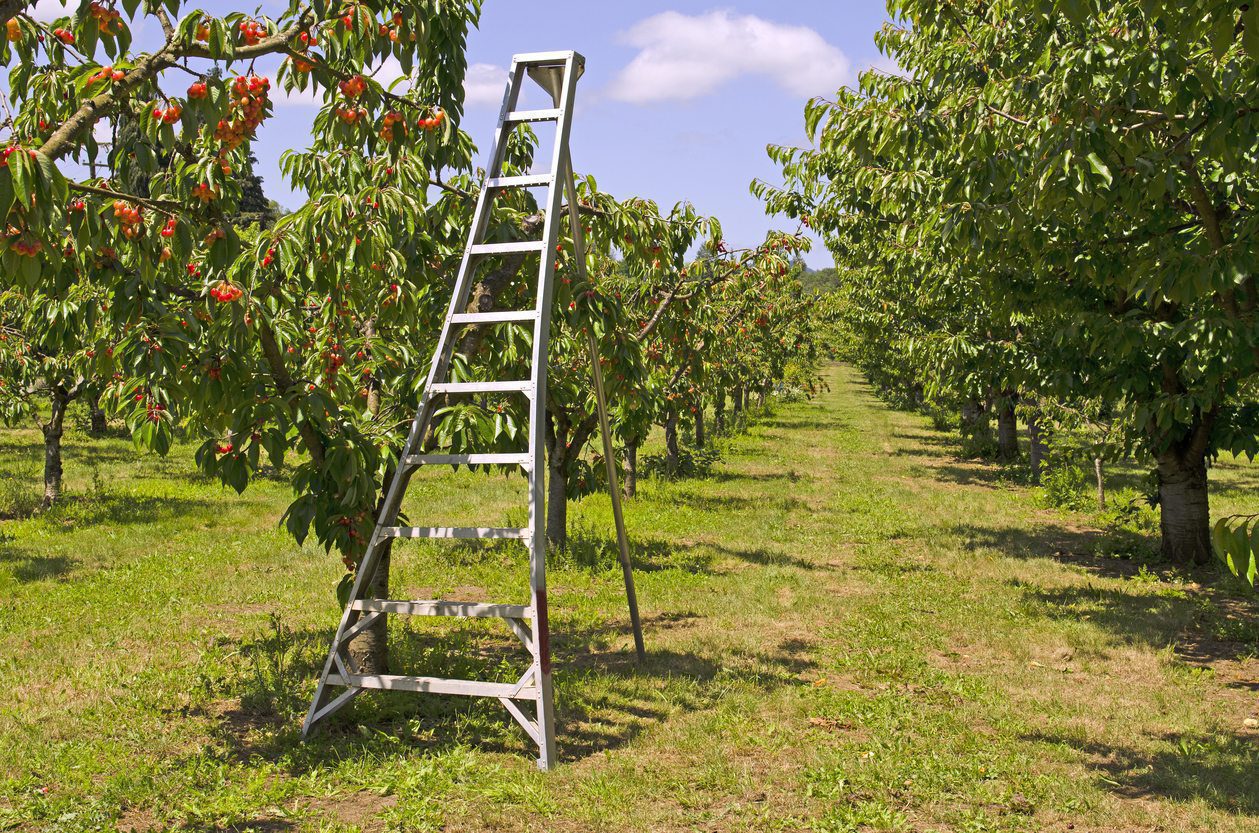In March, the United States announced the finding of a Section 301 investigation against China for unfair trade practices including intellectual property rights (IPR) violations. The United States published a list of approximately 1,300 tariff items that, if implemented would be subject to an additional 25% duties.
The Chinese were prepared for this announcement by the U.S. Trade Representative and within a day announced their own series of punitive duties which were targeted heavily at American agricultural products, both from plants and animals.
Of particular note to our customers is the fact that China slapped an additional 25% tariff on pork and 15% tariff on a varied list of US fresh fruit and nuts including apples (for which market access reopened only in 2015 and most recent figures showed shipped 2.5 million boxes), peaches, strawberries, grapes, and of importance with the season starting within the coming months – cherries. With this proposed fifteen percent increase on top of an existing 10% duty and 13% VAT, it effectively pushes the new rate on imported US cherries to an aggregate 38%.
China surpassed Canada as the leading export destination for northwest cherries – taking approximately 12% of export production.
FreshFruitPortal.com reports according to the USDA’s Agricultural Trade Office, the U.S. exported around US$242 million worth of tree nuts, US$226 million of fresh fruit, and US$30 million of dried fruits to mainland China in 2017.
Shipper, Consignee, Grower, Broker, Airline, Trucker and forwarder, we are in this together. If you have strong feelings about perishable exports being jeopardized feel free to communicate with your state and federal representatives about the impact that such a trade war would have on US exports of fresh products. We also encourage our customers to be in touch with their customers in China to accurately gauge what is happening locally and whether or not the news coming from the Chinese government in the country is different than what we are seeing and hearing here in the USA and through our trade associations.



